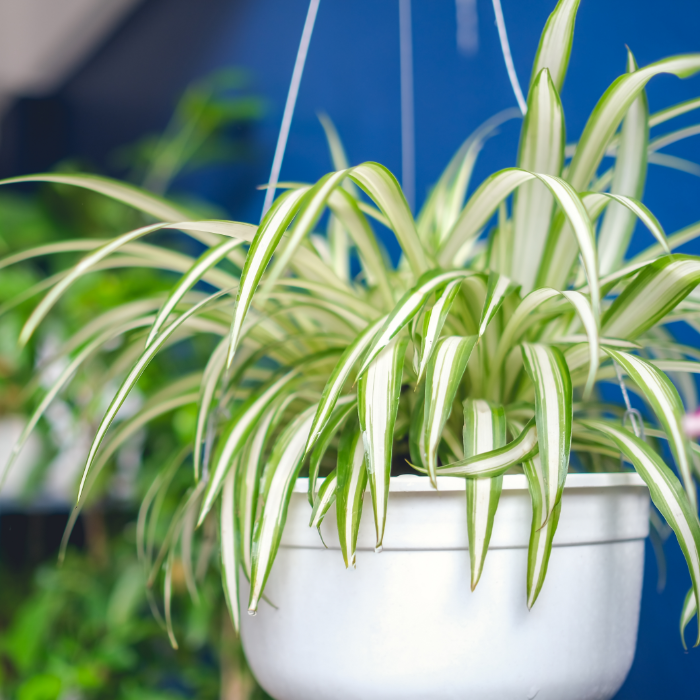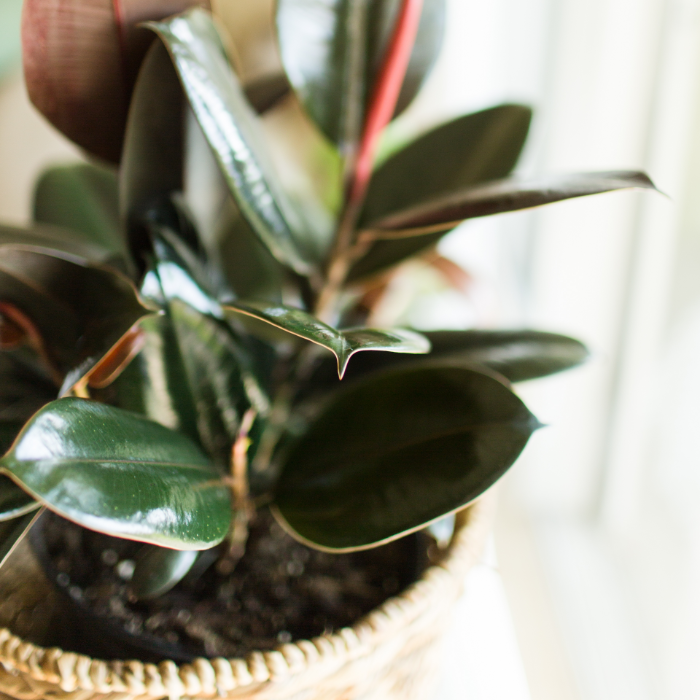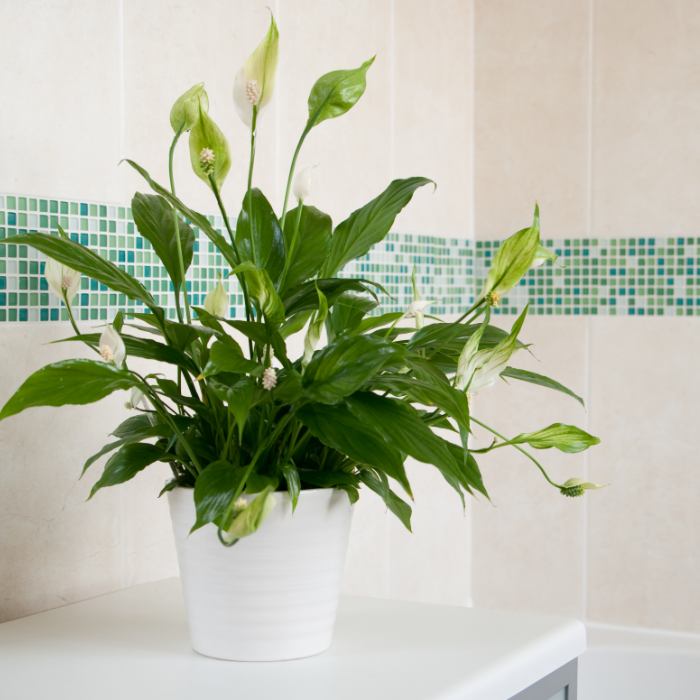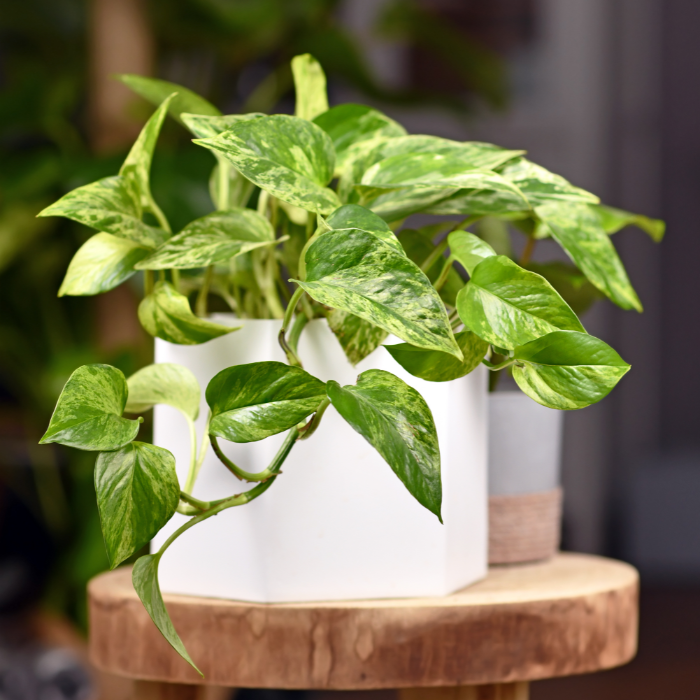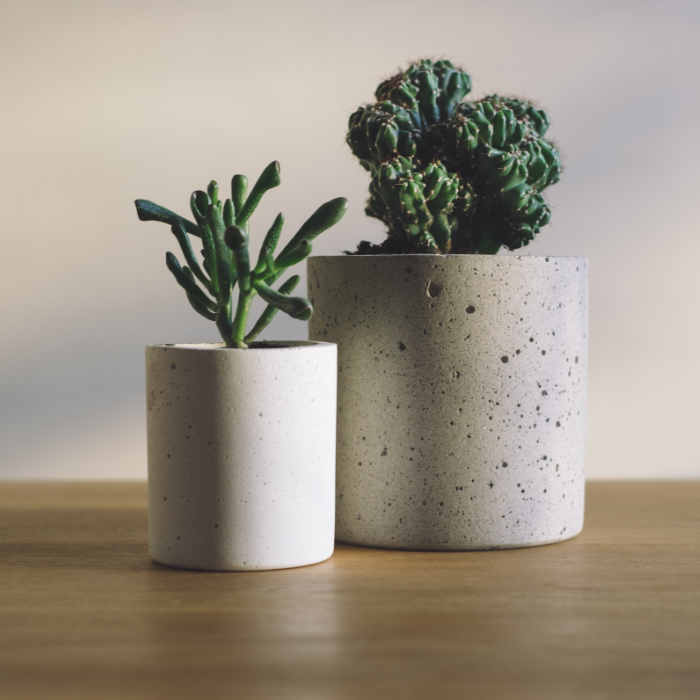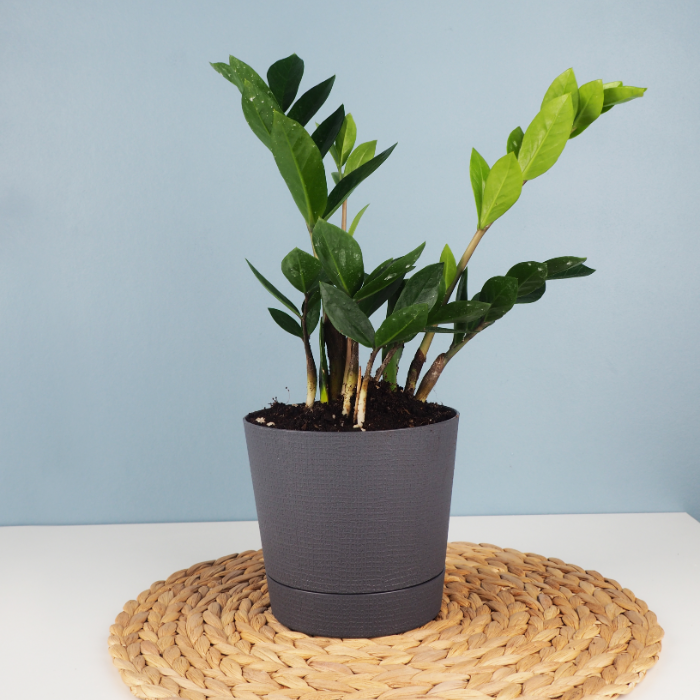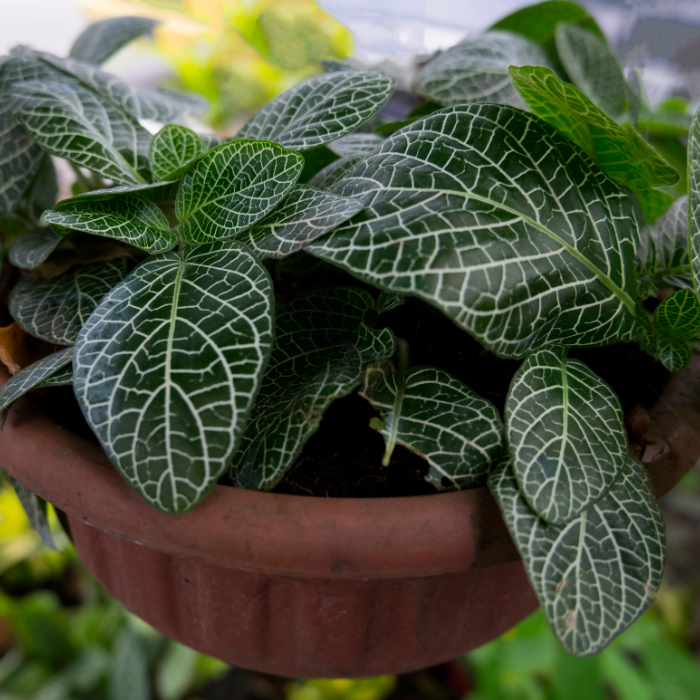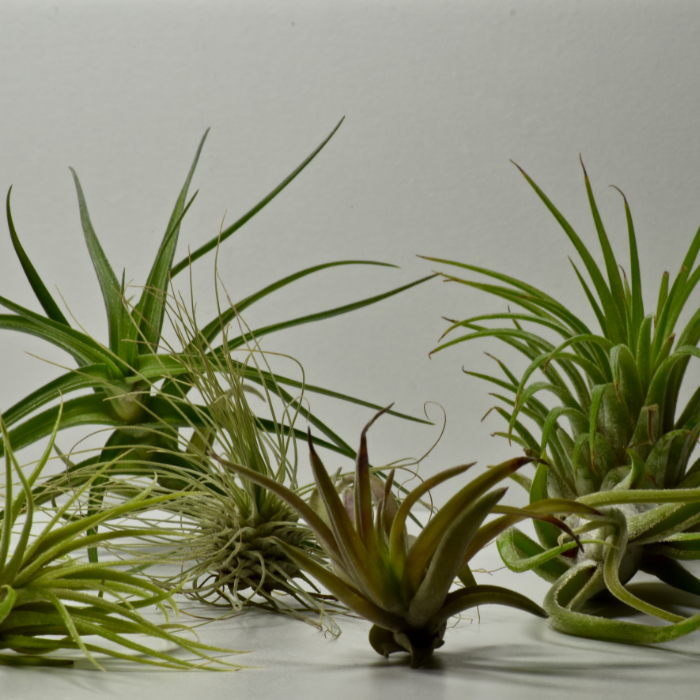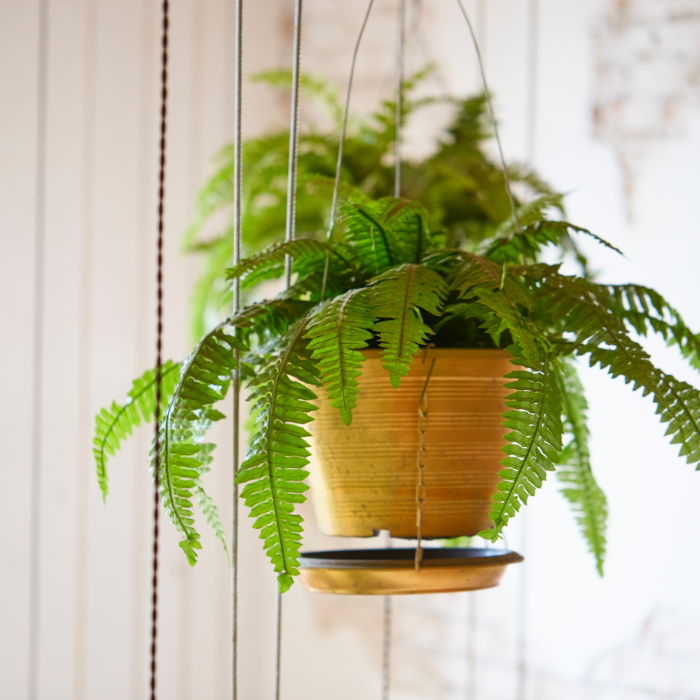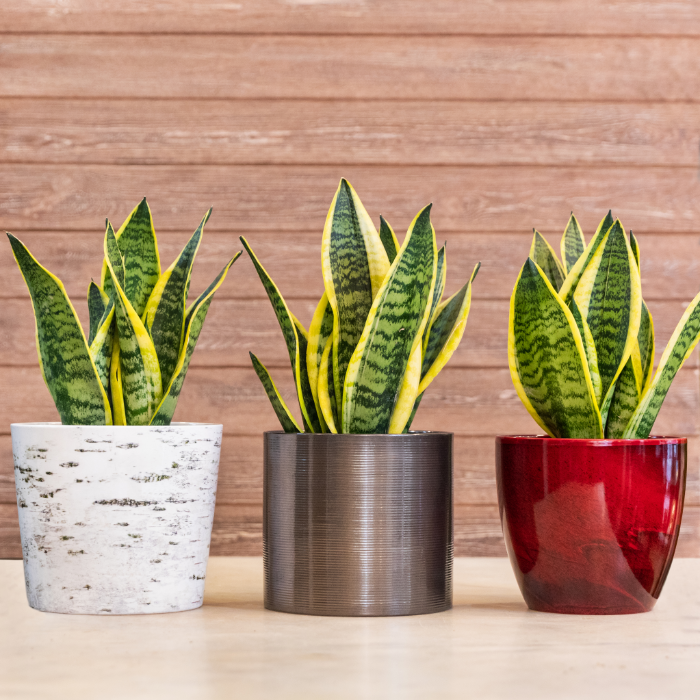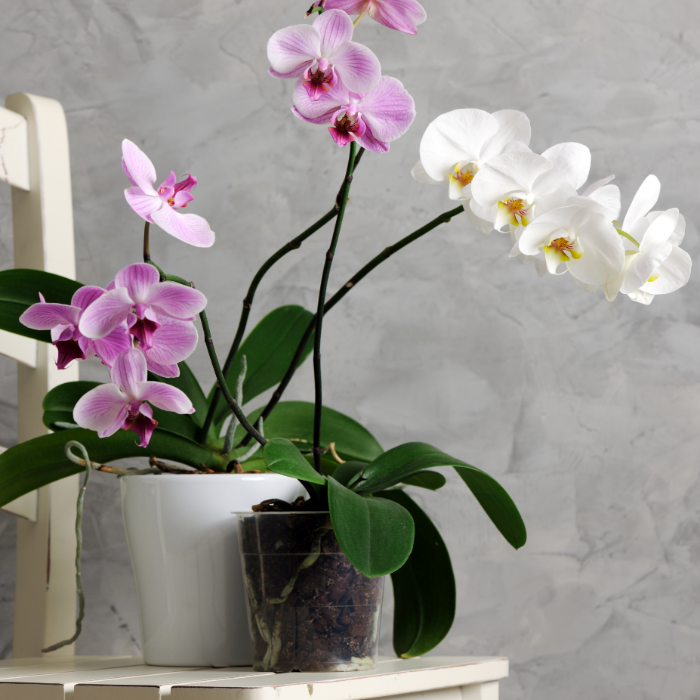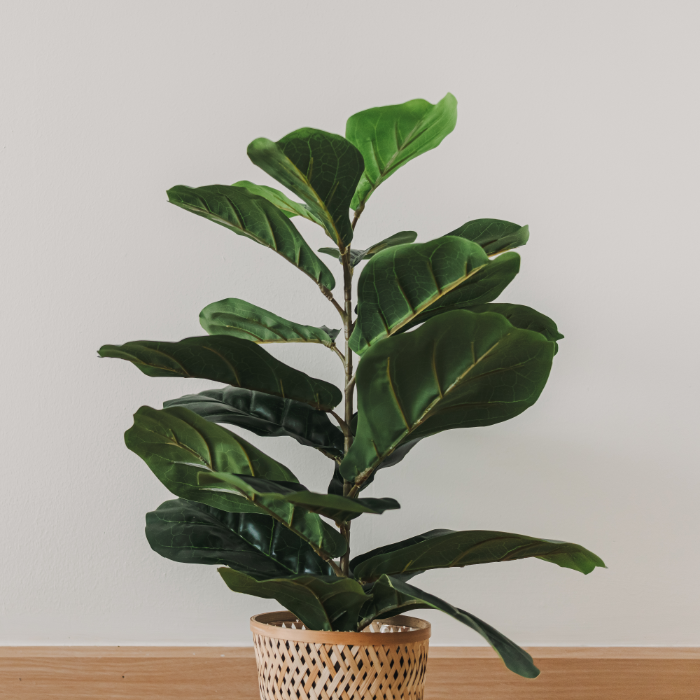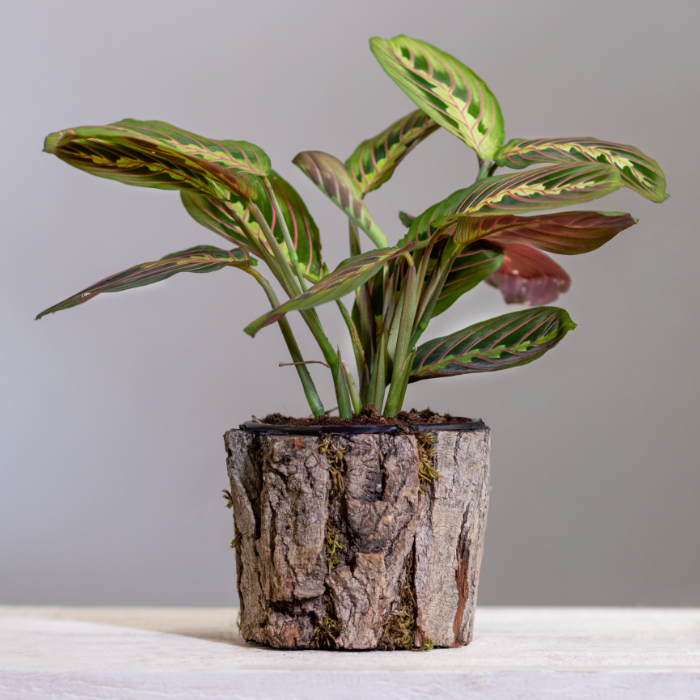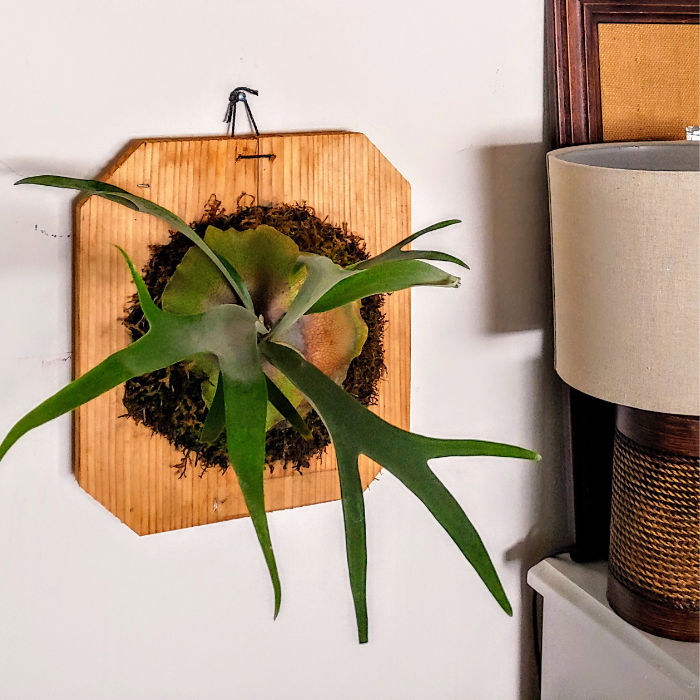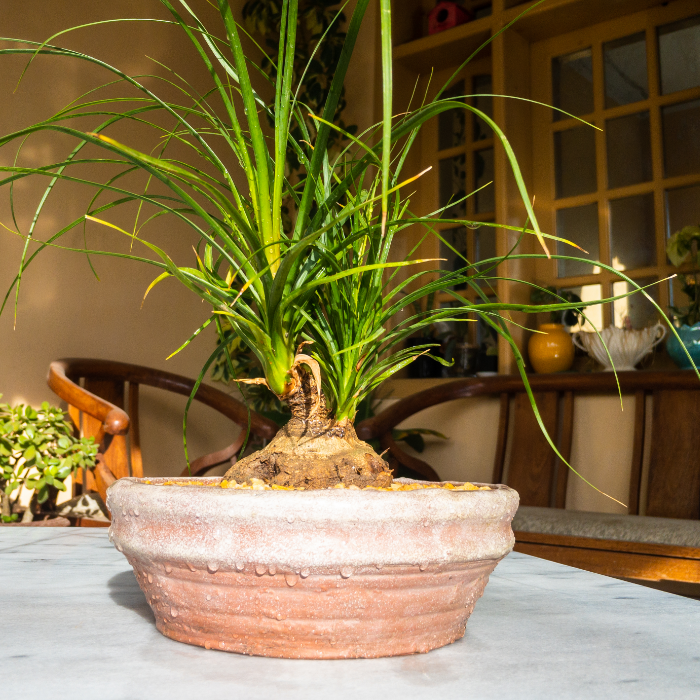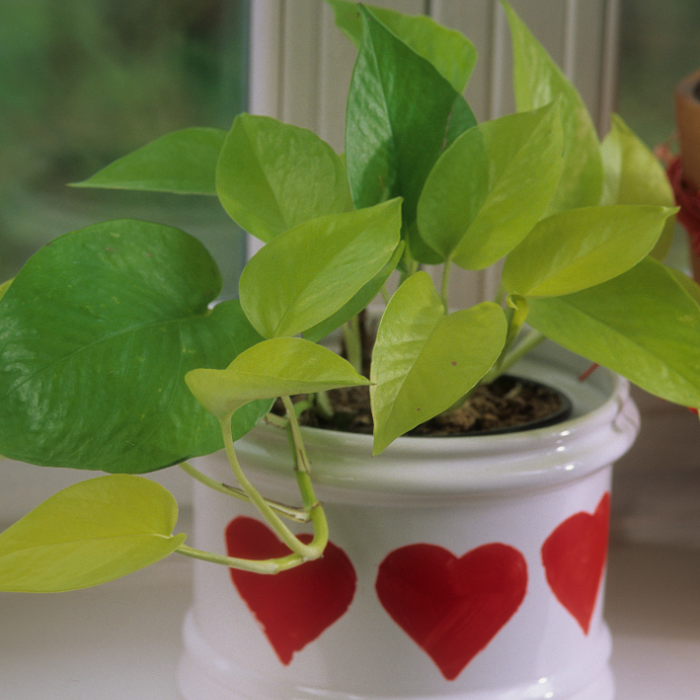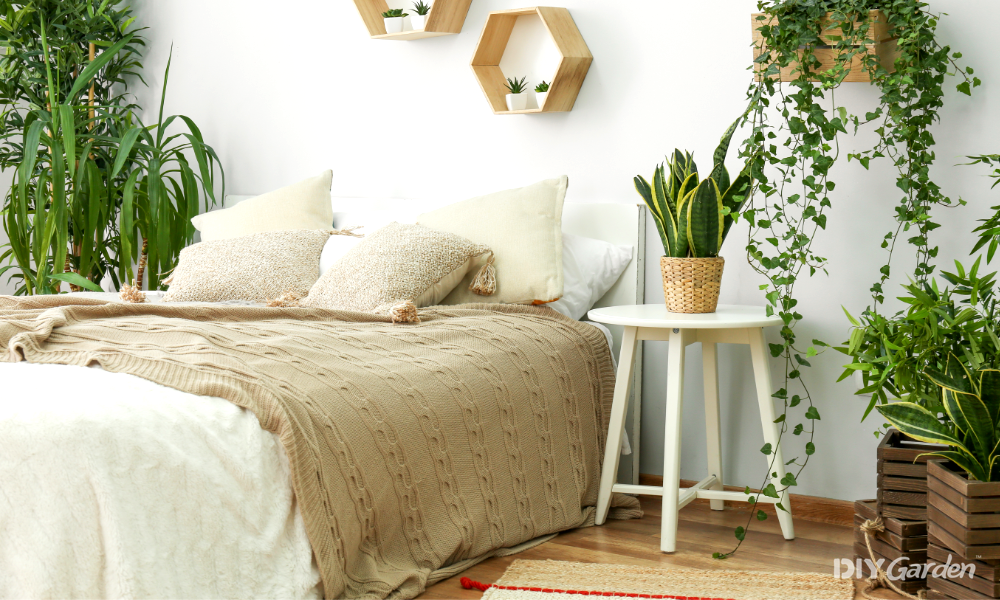
Did you know that indoor plants can elevate your mood, improve air quality, and add a touch of elegance to your living spaces?
As you explore the world of houseplants, you’ll find a diverse range of options, each with its unique benefits and care requirements.
In this blog post, we’ll introduce you to 20 of the best houseplants for indoors, from the healing Aloe Vera to the resilient Chinese Evergreen.
Ready to turn your home into a lush, green oasis? Read on!
1. Aloe Vera: The Healing Plant
Aloe Vera is more than just an attractive indoor plant – it’s also known for its incredible healing properties.
With thick, fleshy leaves, Aloe Vera is often used in skincare products and home remedies for its soothing and moisturising effects.
Aloe Vera plants can help with digestion, detoxification, and even reducing blood sugar levels, making them an excellent addition to your indoor plant collection, especially if you love a good ol’ herbal remedy.
Taking care of Aloe Vera is quite simple. These low-maintenance houseplants thrive in bright, indirect sunlight and well-drained soil.
To prevent damage from direct sun, simply water them when the soil is dry and provide a bit of fertiliser every few months, and they’ll reward you with their healing powers and eye-catching appearance.
2. Spider Plants: Easy-to-Grow Air Purifiers
Spider plants are the perfect low-maintenance, air-purifying houseplants.
They help remove harmful chemicals such as carbon monoxide, formaldehyde, xylene, and toluene from the air.
Additionally, spider plants can help reduce airborne allergens, making them an ideal choice for people with allergies.
Caring for spider plants is a breeze, so they’re perfect for beginners! They prefer bright, indirect sunlight and should be watered when the soil is dry.
Fertilise them every two weeks during the growing season to keep them healthy.
And the best part? Spider plants are non-toxic, making them safe to grow around your furry friends.
3. Monstera Deliciosa: The Trendy Tropical Plant
Monstera Deliciosa, commonly known as the Swiss Cheese Plant, has become a popular choice among plant enthusiasts.
This easy-to-grow tropical plant is not only a beautiful addition to your home but also helps reduce stress.
Monstera Deliciosa has large, split leaves and loves bright spots. It can even climb with the help of a moss pole if you’d prefer!
To keep your Monstera Deliciosa healthy and thriving, place it in bright, indirect light and water it once the top inch of soil is dry.
4. Rubber Plants: Hardy Indoor Greenery
If you’re looking for hardy, easy-to-grow indoor plants that can adapt to various home styles, look no further than rubber plants.
These evergreens are known for their glossy leaves and come in several cultivars, making them a versatile choice for any living space.
Rubber plants are also effective indoor house plants for air purification, removing toxins such as formaldehyde and benzene from the air.
To care for rubber plants, place them in bright, indirect light and water them when the top inch of soil is dry. Fertilise them every two to four weeks during the growing season to keep their leaves lush and vibrant.
With proper care, your rubber plant will be a stunning addition to your indoor plant collection.
5. Philodendron Varieties: Bold Foliage for Any Room
Philodendron plants are known for their bold, dark green foliage, making them a visually appealing addition to any room.
These attractive indoor plants not only add a touch of elegance to your living space but also help enrich the air in your home.
With various shapes and sizes available, you can easily find the perfect variety of Philodendrons to complement your decor.
If you’re only getting started with houseplants, some of the best for beginners are:
- Heartleaf Philodendron
- Brazilian Philodendron
- Lemon-Lime Philodendron
But if you’re a houseplant hoarder and want something a bit unusual, try:
- Florida Ghost Philodendron
- White Wizard Philodendron
- Melanchrysum Philodendron
READ NEXT: 30 Types of Philodendron Plants
6. Peace Lilies: Indoor Blooms with Benefits
Peace Lilies are not only beautiful indoor plants with elegant white blooms, but they also have numerous benefits.
These lovely plants can maintain humidity and thrive in warm, humid environments, making them perfect for a bathroom or kitchen – spaces where many plants will wither away!
To care for your Peace Lily, place it in a warm, humid environment with indirect sunlight. Water it regularly, but be careful not to overwater, as this can lead to root rot.
7. Pothos: The Low-Maintenance Vine
Pothos is a low-maintenance vine that can adapt to various lighting conditions, making it an ideal choice for busy households or offices – even those without windows!
This gorgeous vine is also known as “Devil’s Ivy” to some as, when left to thrive outdoors, it becomes virtually impossible to kill, out-competing other native plants.
But don’t worry; you won’t have that problem, so long as you keep it firmly rooted in a pot!
Caring for Pothos is simple – it loves bright, indirect light but can also handle low-light conditions. Water your Pothos when the top inch of soil is dry and mist the leaves occasionally to increase humidity.
READ NEXT: 24 Types of Pothos Plants: Varieties and Care Tips
8. Succulents and Cacti: Diverse and Drought-Tolerant
Succulents and cacti are a beginner’s delight. Why? Because they can handle serious neglect!
These drought-tolerant plants require minimal care and can easily thrive on a sunny windowsill or elsewhere in your home!
Various succulent and cacti varieties are available, meaning you can choose one that perfectly suits the style of your home.
But if Feng Shui is what you’re after, opt for a succulent over a cactus, as experts believe cacti’s prickly spikes do the opposite of inviting you in!
9. ZZ Plant: The Undemanding Houseplant
The ZZ Plant is an undemanding houseplant that can thrive in various light conditions, including bright light, making it a great choice for anyone looking to add a house plant to their home.
This is another plant known for its air-purifying capabilities, helping to improve the air quality in your living space.
To care for your ZZ Plant, place it in a shady spot and water it when the top inch of soil is dry. The plant is drought-tolerant and prefers infrequent repotting, making it an easy addition to your indoor plant collection.
10. Calathea: The Colourful Foliage Plant
Calathea plants are known for their colourful and patterned foliage, making them a visually appealing addition to any indoor space.
These plants can help purify the air, reduce stress, and add a vibrant touch to your home.
There are many calathea plants gardeners simply love. However, if you’re scratching your head trying to figure out what variety to pick, try one of these:
- Calathea Makoyana: Also known as the “Peacock Plants,” it features beautiful pale green leaves with dark green feather-like patterns and a deep red underside.
- Calathea Orbifolia: With its large, round leaves showcasing stunning silver-grey stripes, it’s a popular Calathea variety known for its elegance.
- Calathea Warscewiczii: Known as the “Jungle Velvet,” it boasts dark green leaves with silver markings and a velvety texture.
- Calathea Crocata: Commonly referred to as the “Eternal Flame,” this plant is known for its long-lasting, vibrant orange blooms.
11. Air Plants: Soil-Free and Easy Care
Air plants are unique indoor plants that don’t require compost to grow, making them an easy-care option for any indoor space.
These fascinating plants can thrive in humid rooms like kitchens or bathrooms.
To care for your air plants, simply mist or soak them in water once a week, and they’ll be happy.
With their easy care requirements and adaptability to different environments, air plants are an excellent choice for those looking to add some greenery without the fuss, making them a perfect low-maintenance plant.
12. Boston Fern: The Classic Indoor Plant
Boston ferns are among the best indoor plants known for their lush foliage.
These beautiful indoor plants can help improve air quality and maintain humidity in your home, making them a popular choice for indoor plant enthusiasts.
Place your Boston fern in a spot with indirect sunlight and water it regularly, ensuring the soil remains moist.
Misting the leaves occasionally will also help keep the humidity up, ensuring your fern stays healthy and vibrant.
13. Snake Plant Varieties: Unique and Air-Purifying
Snake plants are unique indoor plants that come in various varieties, making them an interesting addition to your indoor plant collection.
Three popular snake plant varieties are:
- Sansevieria trifasciata ‘Laurentii’: This variety is commonly known as the “Mother-in-Law’s Tongue” and features tall, sword-shaped leaves with yellow margins, adding interest to any indoor space.
- Sansevieria cylindrica: Also called the “Cylindrical Snake Plant” or “African Spear,” it has long, cylindrical leaves that grow upright, resembling bamboo shoots. This variety adds a unique architectural element to indoor environments.
- Sansevieria trifasciata ‘Hahnii’: Known as the “Bird’s Nest Snake Plant,” it is a compact variety with short, broad leaves that form a rosette-like shape. Its small size and attractive appearance make it an excellent choice for tabletops or smaller spaces.
READ MORE: 7 Types of Sansevieria Plants (A Comprehensive Guide)
14. Orchids: Exotic Blooms for Your Home
Orchids are exotic flowering plants that can add a touch of elegance and sophistication to your home.
These stunning plants, however, require proper care and research to ensure they thrive.
To care for your orchids, place them in a spot with plenty of bright, indirect sunlight and water them regularly. Fertilise them every two weeks and maintain high humidity to keep them healthy and blooming.
With proper care, your orchids will be a beautiful and exotic addition to your indoor plant collection.
15. Chinese Evergreen: Resilient and Slow-Growing
Unlike orchids, Chinese evergreens are resilient indoor plants that can survive in various light conditions, as they’re used to receiving dappled light in their native region, the tropics and subtropics of Asia.
But it’s not that simple – this plant’s light preferences depend entirely on the variety you choose. While the varieties with dark green leaves (like the Philippine Evergreen) can handle low-light conditions, the variegated varieties (such as Aglaonema ‘Silver Queen’) will need more light to maintain their colourful patterns.
These plants are slow-growing, meaning they might not make the best floor-standing plant if you buy them as a small plant originally, but they’ll make an excellent addition to a tabletop or desk!
16. Fiddle-Leaf Fig: The Statement Plant
The Fiddle-Leaf Fig is a statement plant with large, glossy leaves that can be a focal point in any room.
This eye-catching plant will add sophistication to your living space but it needs proper care to keep it healthy and thriving.
To care for your Fiddle-Leaf Fig, place it in bright, indirect light and water it regularly, ensuring the top inch of the soil is dry before doing so. Misting the leaves occasionally will also help maintain the humidity and keep its foliage vibrant.
With proper care, your Fiddle-Leaf Fig will be a stunning centrepiece in your home.
17. Prayer Plants: Intriguing Foliage with Movement
Prayer plants are unique indoor plants with intriguing foliage that moves throughout the day. During the day, the prayer plant’s leaves lower, folding inwards to retain moisture. However, at night time, they rise and open up.
In this way, they resemble hands in prayer (hence the name!).
If this plant’s name wasn’t interesting enough, it also gained its scientific name from 16th-century Italian physician and botanist Bartolomeo Maranta.
18. Staghorn Fern: Unique and Eye-Catching
Staghorn Ferns are unique and eye-catching indoor plants with antler-like fronds, perfect for creating a focal point in your home.
Much like the fiddle-leaf fig, these plants require careful care and attention. Therefore, if you’re a houseplant novice, this one may not be for you! However, if you’re up for the challenge, here are some care tips:
- Place it in a bright spot with indirect light and water it regularly.
- Mist its leaves every once in a while to help keep the plant humid – this will resemble its native, humid conditions.
- Position your staghorn fern in a spot that receives 15-24°C temperatures, protecting it from drafts and cold windows during winter.
19. Ponytail Palm: The Regal Indoor Tree
Ponytail Palms are regal indoor trees with a distinctive appearance – just look at them!
Surprisingly to some, this plant is a succulent. However, it’s commonly called a palm because of the appearance of its leaves and its trunk, characteristic of a palm plant.
Interestingly, when the ponytail palm is grown in the ground, it can grow up to 30 feet tall. But don’t worry – it won’t grow this tall in pots! In fact, it’ll rarely reach 4 feet.
20. Golden Pothos: The Office-Friendly Vine
Golden Pothos is an office-friendly vine that can thrive in various light conditions, making it a popular choice for busy workplaces.
This hardy houseplant is also known for its air-purifying properties, making it a popular choice for improving indoor air quality.
The Golden Pothos has an aerial root system, meaning that outdoors, it can grow up a tree or on a wall.
While you’re unlikely to have these conditions in your home, indoors it’s super easy to grow and propagate a Golden Pothos plant in water!
Summary
Indoor plants offer numerous benefits, from air purification to stress reduction, making them an essential addition to any living space.
Whether you’re a beginner or an experienced plant parent, there’s a wide variety of plants to choose from, each with unique characteristics and care requirements.
By understanding the needs of each plant, you can create a beautiful, healthy, and thriving indoor garden that not only elevates your mood but also enhances your environment.
If you enjoyed this and want to know more about houseplants, check out our blog post, 25 Latest Houseplant Statistics for the UK
Frequently Asked Questions
What is the best plant for indoor plants?
Snake plants, spider plants, rubber plants, peace lilies, ferns, and English ivy are all great choices for adding life to your home and purifying the air.
Golden Pothos, also known as Devil’s Ivy, is a low-maintenance plant that does well in low light environments, making it a great choice for your workspace.
What are the easiest houseplants to keep alive?
Pothos, spider plants, ponytail palm, Chinese evergreen, ZZ plant, English ivy, barrel head cactus, air plants, and cacti are among the easiest houseplants to keep alive and are great for both beginner and experienced gardeners.
These plants require minimal care and are easy to maintain, making them ideal for busy people who don’t have a lot of time to devote to gardening. They are also great for those who don’t have a lot of space, as many of these plants can be grown in small containers.
These plants are also great for those who want to add a garden.
How do I care for a Prayer plant?
Take care of your Prayer Plant by placing it in a warm, humid environment with indirect sunlight and watering it regularly with slightly moist soil.
Can I grow a tropical plant like Monstera Deliciosa indoors?
Yes, you can grow a Monstera Deliciosa indoors! Make sure you provide it with bright, indirect light and regular watering for best results.

